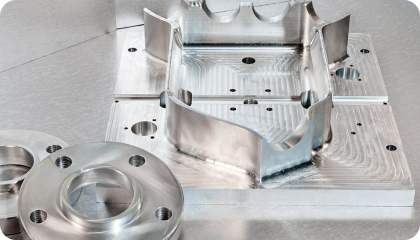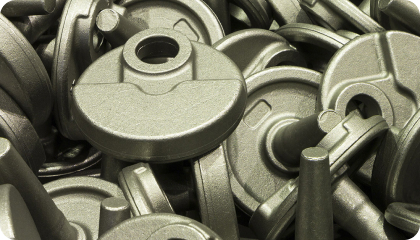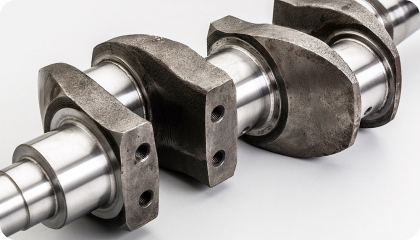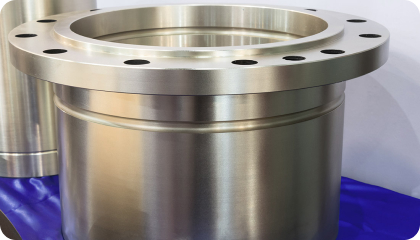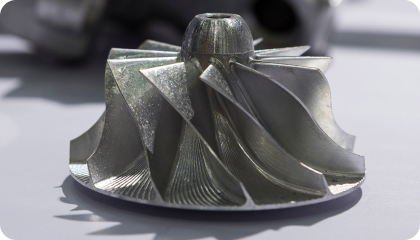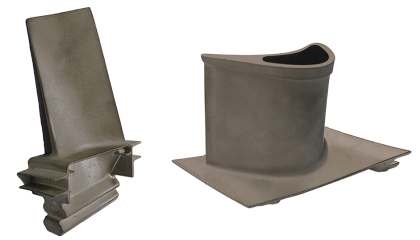- Process/Function
TEMPERING
Tempering is usually performed after hardening to reduce the excess hardness of only quenching/hardening. The temperature and tempering duration yield the desired hardness level of a given material. The choice of tempering parameters depends on the material and the industrial application. BENEFITS- Reduces stress after quenching
- Reduces brittleness generated by only hardening/quenching
- Increases material toughness
- Precise control of the hardness level
- Process/Function
NORMALIZING
Normalizing is the treatment of a ferrous alloy by heating and maintaining it above its recrystallization temperature for a certain time. It is used to refine and homogenize the grain structure while retaining slightly more hardness than annealing. It is generally carried out after forging, hot rolling or casting. BENEFITS- Homogeneity
- More predictable properties after treatment
- Cheaper than annealing
- Machinability
- Process/Function
AUSTEMPERING
Austempering is a process for steel applications that produces a ductile and stable bainitic structure. The treatment involves 2 steps: heat into the austenite phase and then quench to a temperature level where the austenite is transformed into bainite instead of martensite. Bainite is tougher than martensite. BENEFITS- Lower distortion compared to a traditional quench and temper process
- Tougher parts
- Shock resistance
- Process/Function
PRECIPITATION HARDENING
Precipitation hardening is used in a wide variety of materials to increase the yield strength. It involves 3 steps: heat to a high temperature, quench, and age. With regard to steel, precipitation hardening is mostly carried out on stainless steels and superalloys. With the proper alloying elements and related precipitates, it is possible to limit the movement of dislocations in the lattice and hence increase hardness. BENEFITS- Harder and stronger material
- Adds strength to a class of stainless steels
- Wear resistance
- Low distortion
- Process/Function
FAST COOLING
Fast cooling is a general term that implies the cooling speed inside or outside a vessel is forced by a rapid change in environmental conditions. It is usually carried out by heat transfer from the part to a cooling medium. The cooling medium can be a liquid like oil, water, brine, or a gas under different pressures. BENEFITS- Control of the material structure
- Hardening
- Process/Function
ALUMINIDE COATING
Also known as aluminizing, aluminide coating is a high temperature chemical process where aluminum diffuses into the surface of the base metal to form an aluminized layer or coating. This process is commonly applied to carbon steels, low, and medium alloy steels and stainless steels and superalloys like Inconel. The aluminum on the surface oxidizes and creates a passivated, corrosion-resistant layer. BENEFITS- Hot corrosion resistance
- Metal dusting resistance
- Protection against sulfidation and carburizing


